Affiliate links on Android Authority may earn us a commission. Learn more.
Welcome to the age of ultra-premium smartphones
Published onOctober 3, 2017
Samsung started it with the Note 8. LG quickly joined with the V30. Apple of course took it to a whole new level with the iPhone X and now there are rumors that Google will do the same with the new Pixel too.
Welcome to the age of ultra-premium flagships.
Premium vs. ultra-premium
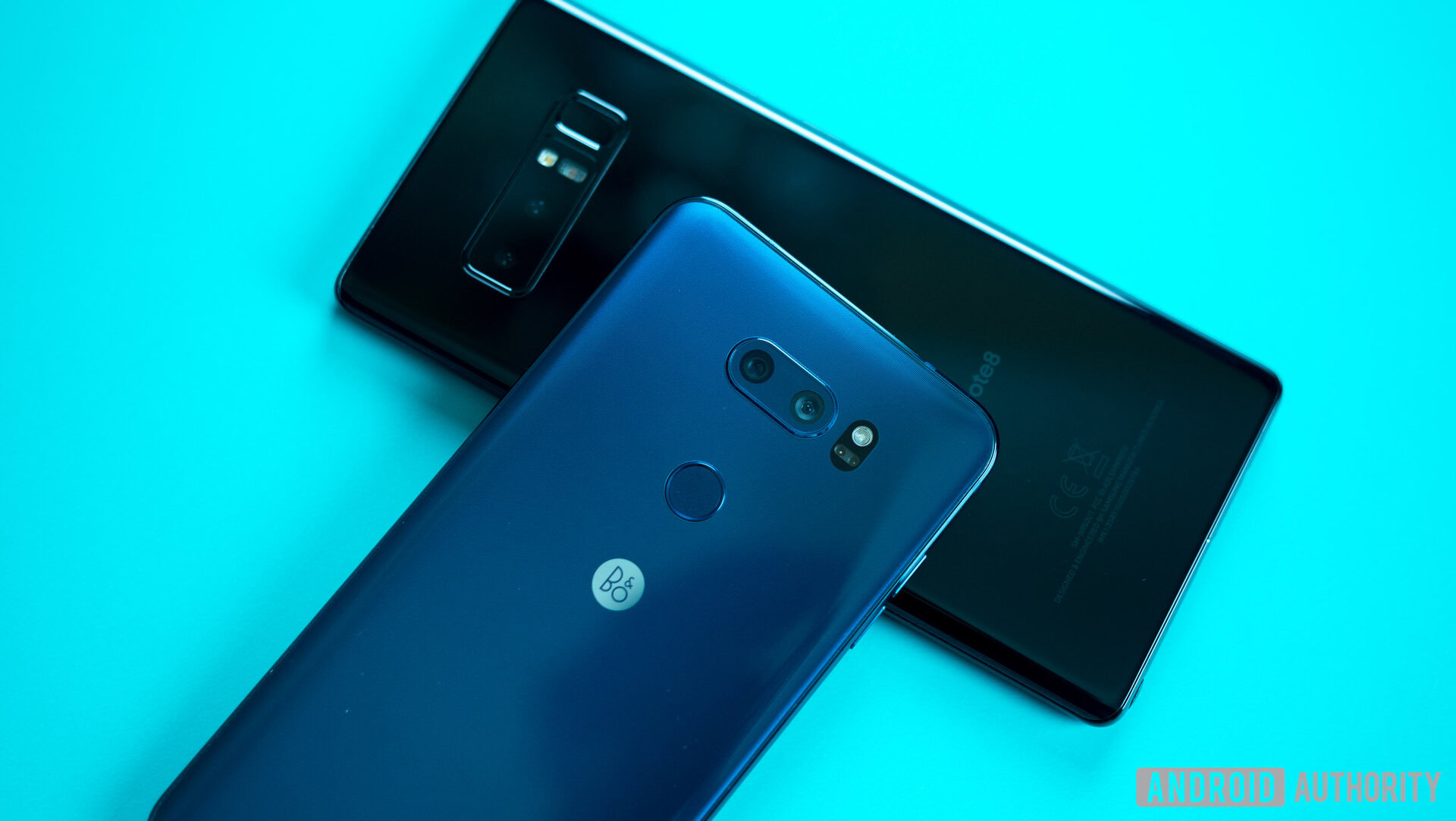
Just half a year ago, we thought that flagships already were premium. Like, top-of-the-line, it-doesn’t-get-any-better premium. But apparently, we were wrong. Apple, Samsung and LG have all chosen a dual-flagship strategy: one flagship for the mortals and another, more high-end one, for the more enthusiastic, or simply more wealthy customers.
People have been talking about gradually rising prices in the flagship smartphone market since forever, but the 2017 ultra-premium flagships seem to represent a whole new trend.
The regular and ultra-premium flagships are aimed at different types of consumers
Not only was the jump in prices much larger than in previous years – after all, these phones went from $600 to $800 all the way up to around $1000 now, but device makers also seem to keep their regular flagships around too, signaling that the regular and ultra-premium flagships are aimed at different types of consumers and should have different value propositions.
So, what is going on here? In one word, luxury. And before you complain that this conclusion is too obvious, let’s dive a little deeper into this topic.
A bag of money
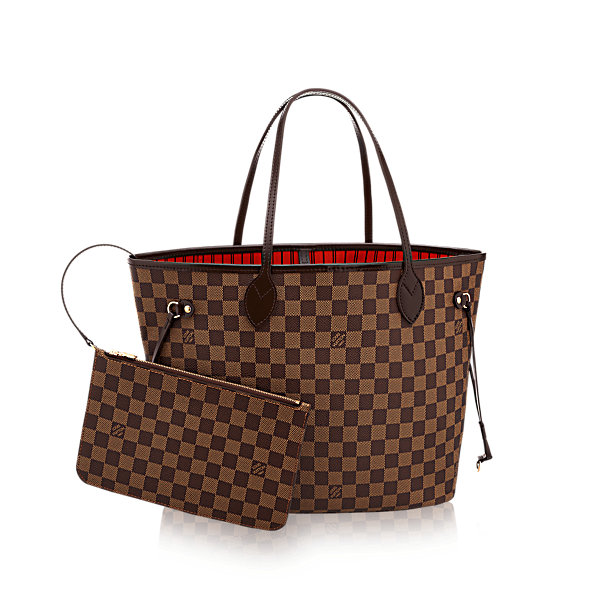
Luxury brand Louis Vuitton makes lots of different bags, but its most popular model might just be the one called Neverfull. Costing €995 here in Germany, it’s one of the more affordable options the company offers. Ironically, this puts the affordable Louis Vuitton bag around the same price as an ultra-premium flagship.
Most people seem to have come to terms with luxury bags costing a ton of money, so why is smartphones costing the same still shocking us?
The Neverfull bag perfectly captures what luxury is about. It’s a piece of canvas with a few zippers on it that holds your wallet, your phone, and a few other items. It doesn’t have any functional benefit compared to a $20 bag. Maybe the quality of the materials is better, the design is nicer, or it won’t go out of fashion like a regular bag would. But to anyone comparing these two bags on a functional level, the Louis Vuitton seems to be a terrible deal. And yet millions of people buy it.
Most people seem to have come to terms with luxury bags costing a ton of money, so why is smartphones costing the same still shocking us?
It’s all about the extras
Features, functionality, and performance are what most tech enthusiasts (including me) think make a device valuable. We run benchmarks, we assess how crisp displays are, we take a critical look at camera quality and so on. These objective metrics make comparing devices quite straightforward. But they are not the only way to assess the value of a phone.
OnePlus adds value to their phones by having a thriving online community. Fairphone adds value by having really good environmental policies and by creating a more sustainable phone. Nokia adds value by playing with nostalgia and by giving Europeans like me a small glimpse of hope of a European company maybe regaining at least a small role in the consumer electronics space.
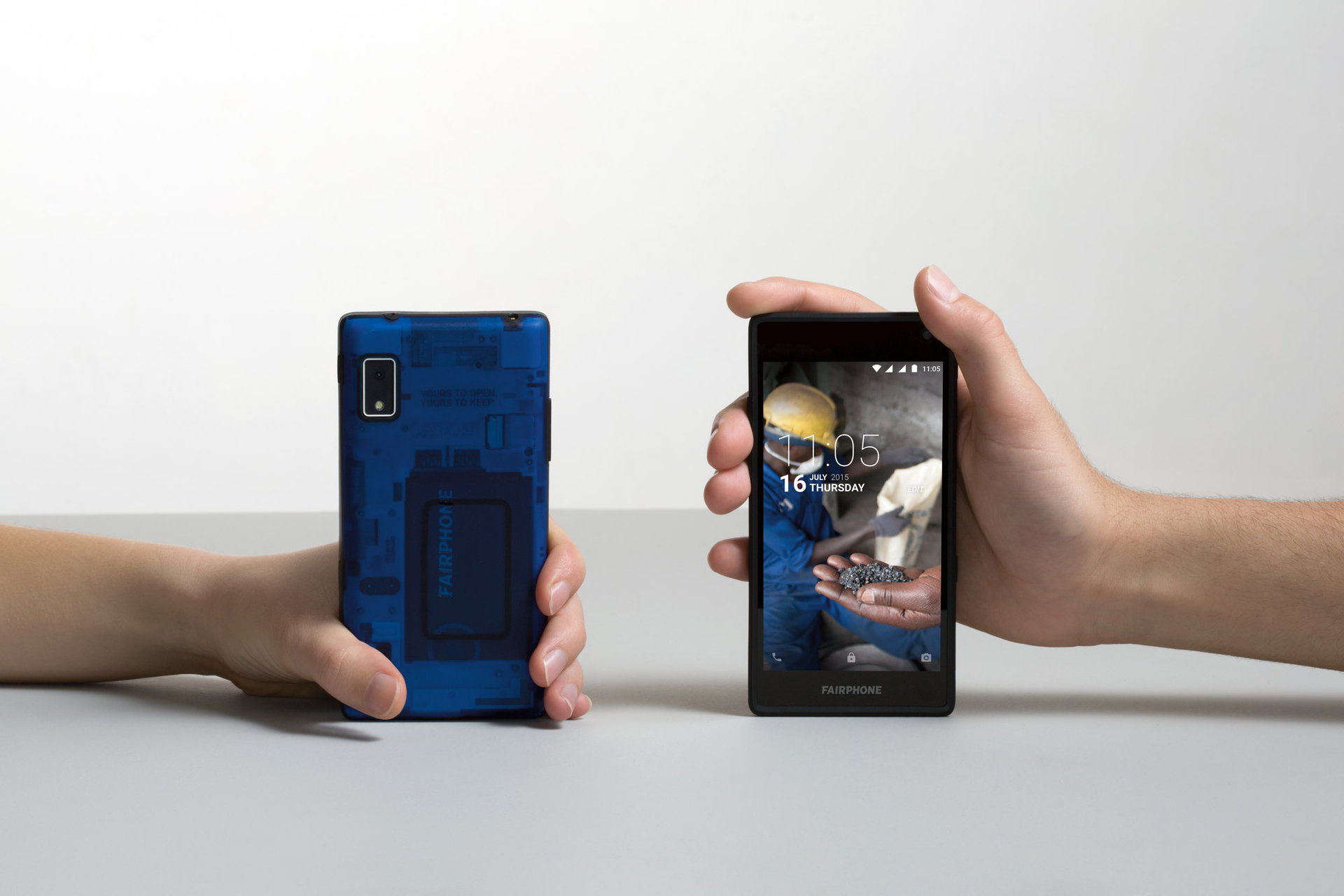
People are willing to pay for these extras just as they are willing to pay for features. And acknowledging that these things also provide value is the key to understanding ultra-premium flagship prices.
The less consumers worry about the basics, the more companies can focus on the extras. And when people can stop caring about the fundamentals completely, the focus shifts nearly entirely on the extras.
This is perfectly illustrated by our Louis Vuitton bag. Functionality here is basically not a concern at all. Bags are functionally close to identical. Because of this, consumers can switch their picky, feature-focused brains off, which in turn leaves space for their aspirational, social, or emotional brain to make decisions.
The less consumers worry about the basics, the more companies can focus on the extras.
People who choose this €1000 bag don’t do it because they compare features between it and other bags or watch in-depth reviews. Instead, they buy it for whatever is layered on top of the functionality. Maybe they value that Louis Vuitton has a long history of excellence, that they have nice stores and staff, or maybe they just like letting others know that they can afford a €1000 handbag.
Switch your brain off
Now let’s see how this same logic also applies to phones. Just a few years ago, switching off their picky and feature-focused brains could have led consumers to ending up with genuinely bad phones. But as the smartphone market has matured, that is becoming increasingly unlikely. Phones now look really similar and they also have very similar functionality and real-world performance (raise your hand if you have heard this line before). Years of fierce competition have made sure that there are close to zero truly bad phones on the market.
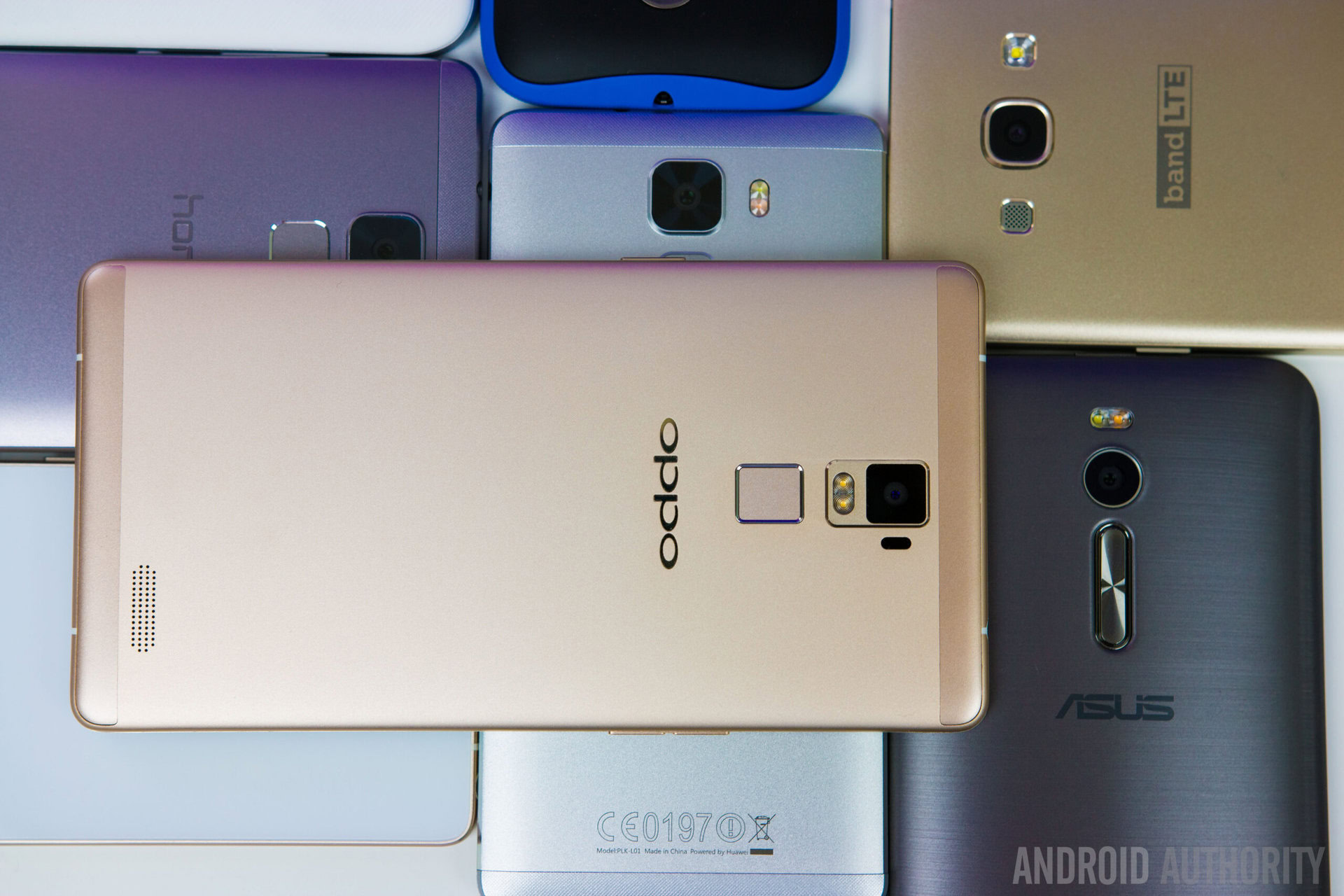
Sure, we enthusiasts might nitpick, but for the average consumer that just wants to scroll through social media feeds and chat with friends, all modern phones above a certain price range will work admirably well. In this regard, phones are becoming more and more like bags. And as people have to worry less and less about whether a phone will be able to perform its basic tasks well enough, they will start caring more and more about whatever is layered on top of that core feature set.
The baseline is only going up
So companies with a little extra could benefit from this. Just think about Fairphone. Their concept is to use sustainably sourced materials and sustainable processes to build a phone that isn’t terrible for the environment and the workers in their supply chain, that is repairable, and so on. This, of course, makes their phones much more expensive than comparably specced, mainstream devices. To end up with a phone that isn’t prohibitively expensive, Fairphone has to use mid- to low-end specs. Four years ago, when they launched the Fairphone 1, mid to low-end specs meant terrible performance. Two years ago, when they launched the Fairphone 2, it meant acceptable performance. If they were to launch the Fairphone 3 with the same strategy today or sometime in the near future, performance would probably be just fine.
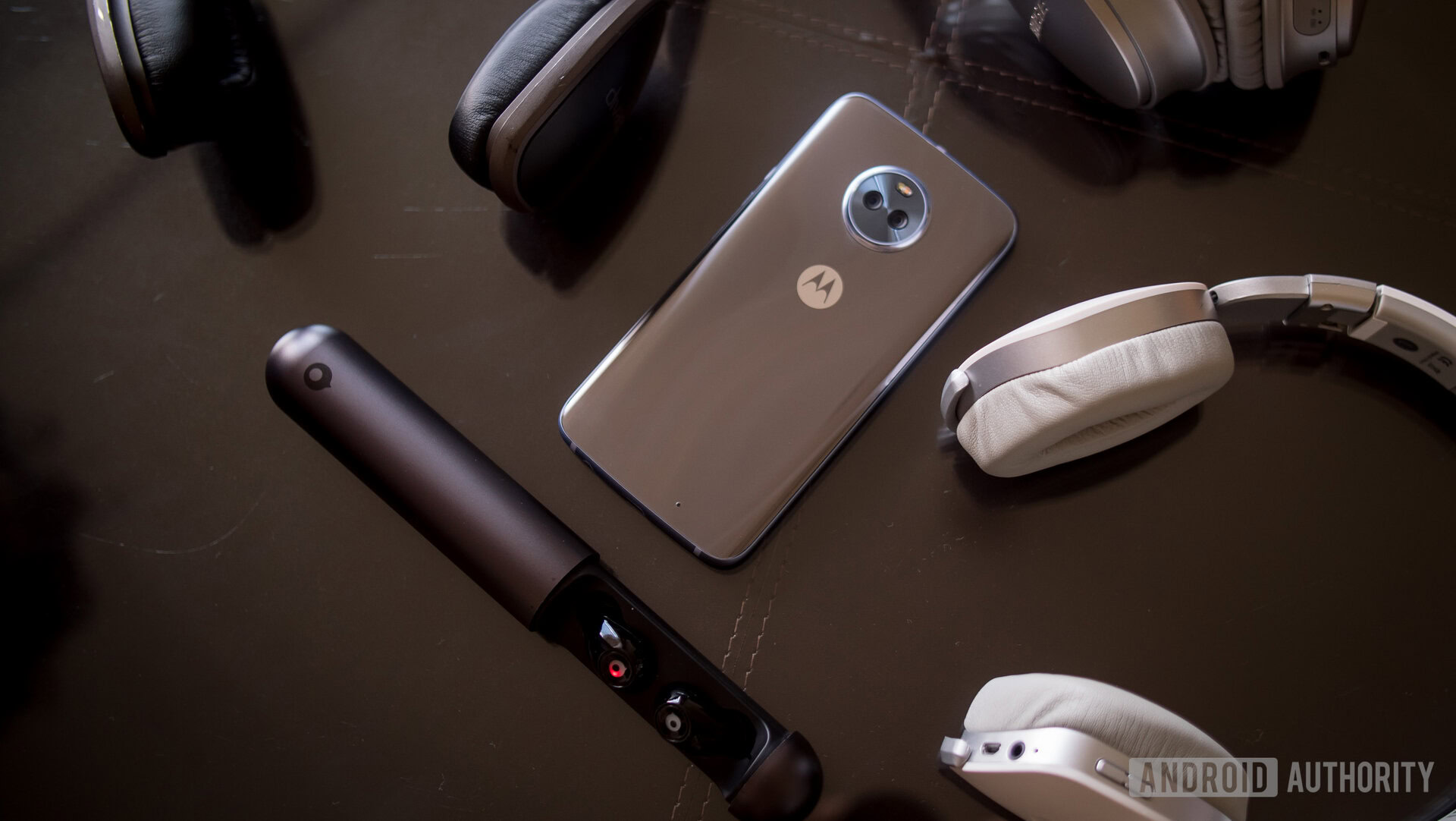
Mid-range specs today are great and low-end specs are fine too. Because of this, many people who were interested in the Fairphone’s mission, but were put off by having a really sub-par experience before, could become potential customers. As worries about the specs disappear, the added value of environmental and social responsibility becomes more relevant. It is unclear how many people actually care about the environment enough to choose a phone purely based on this concern, but the trend is pretty unmistakable.
Phones as fashion statements
Which finally brings us to our ultra-premium flagships. While features might still be somewhat of a concern for low to mid-range phones, they are certainly not an issue on the premium side of things any more. It is close to impossible to find a flagship phone that doesn’t have a great camera, a great screen and enough processing power to handle anything the average consumer wants to do with ease. Unless you have a very specific need for, say, an S Pen or some other niche feature, the decision you make when buying a flagship mostly comes down to personal preference and the extras these companies are carefully adding on top of their devices.
They all have their own special touch of course, like emphasizing the fact that they are an anniversary edition device for example, but one aspect that they all seem to push quite hard is branding, and through it, luxury.
Apple and Samsung in particular have built incredibly strong premium brands over time, and they are leveraging them hard. These companies want you to think that owning a $1000 iPhone X or Note 8 is a fashion statement, the same way owning a $1000 Louis Vuitton bag is.
Sure, phones don’t last as long as fancy bags, but they are with us 24 hours a day and so they are great at signifying social status. They are increasingly not just tools, but objects of desire and prestige. This doesn’t mean that ultra-premium flagships aren’t objectively better or more expensive to make than some cheaper phones, and if you have the money, then, who are we to tell you not to buy one, right?
But more than ever, the increase in price can be attributed more to the perceived prestige rather than an increase in functionality.
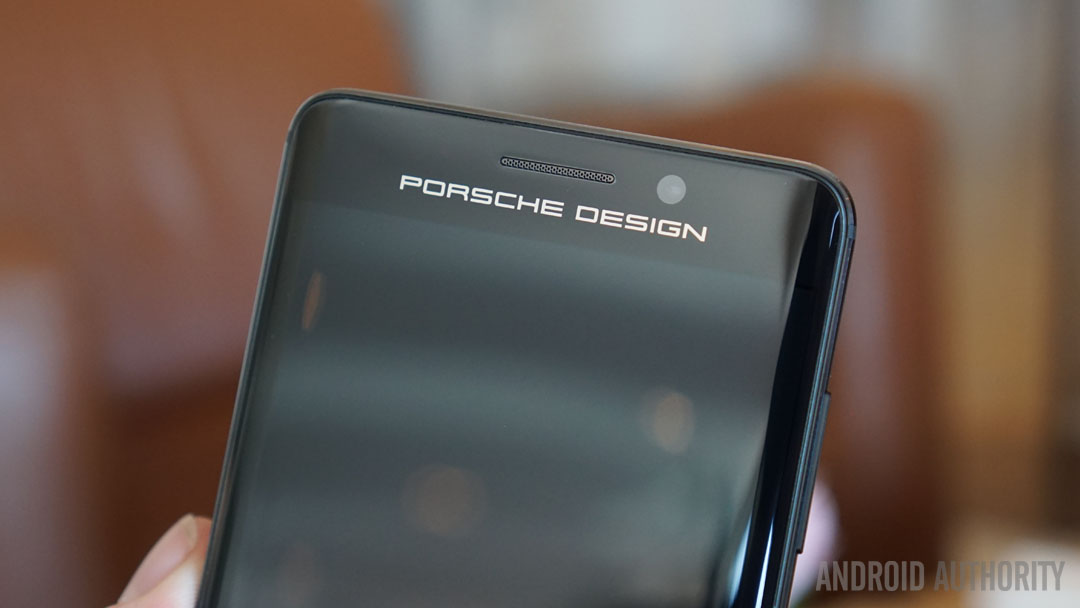
Get used to it
So what does this mean for the future of phones? I think we will go from companies simply focusing on building the most functional phone to having a much larger variety of value propositions. Price-conscious customers will of course have an endless sea of well-priced options to choose from — there will always be companies catering to that audience, and they will have an easier time than ever, because making a cheap smartphone that doesn’t suck is easier than ever.
At the same time, I expect an explosion of phones that focus on the extras. Phones that are good for the environment, phones that respect your privacy, phones that make you feel luxurious, you name it. The industry will move to be a little more like that of bags, or clothes in general, where you can buy a t-shirt for five bucks or another functionally-similar one for $500.
What do you think about this topic? Do you agree or disagree with my analysis? I wrote it as a guest article for Android Authority, so let us know if you would you like to see similar types of content on the site again. I will be reading the comments and also listening to your feedback over at Twitter, so tweet at me!